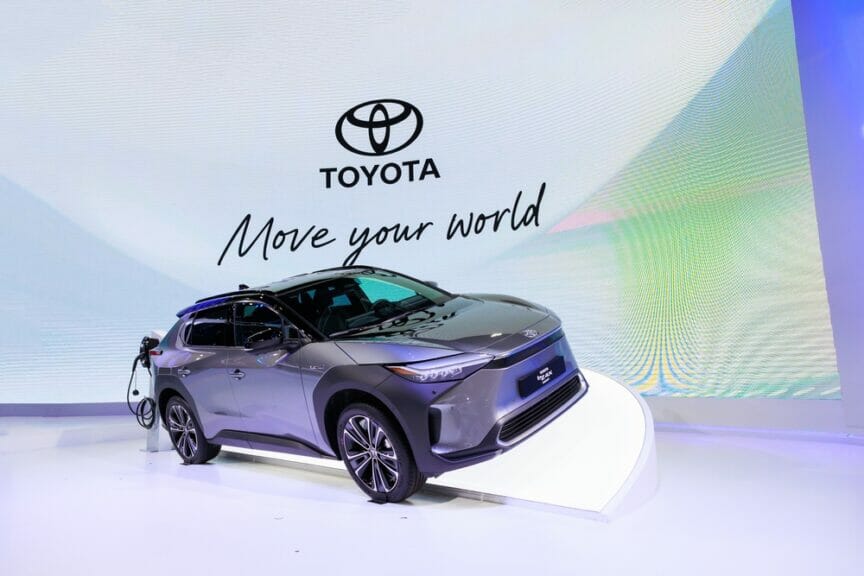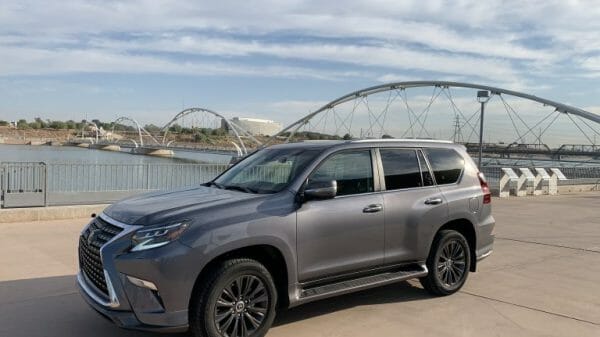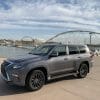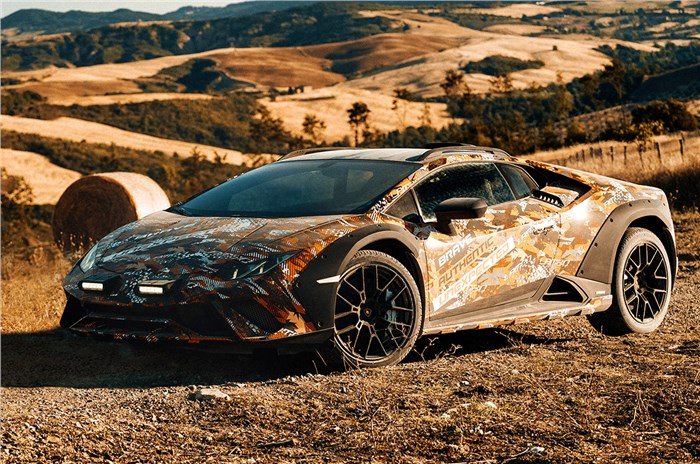Toyota’s newest addition to the electric vehicle market is the 2023 Toyota bZ4X, a fully electric SUV that boasts a range of over 250 miles in certain versions, seating for five, available all-wheel drive, and the ability for light off-roading. This model competes against the likes of Volkswagen ID.4, Hyundai Ioniq 5, Kia EV6, Tesla Model Y, Ford Mustang Mach-E, and the Subaru Solterra.
In terms of design, the bZ4X has a distinctive appearance that can be likened to a crossover version of a Prius with Subaru Wilderness styling cues. While the overall design is attractive, some may find the prominent black cladding around the front wheels a bit off-putting. The bZ4X offers a comfortable and easy ride, with a dedicated off-road mode called X-Mode borrowed from Subaru, ensuring it can handle various terrains with ease.
There are two configurations available for the bZ4X: a single-motor, front-wheel-drive version producing 201 hp and 196 lb-ft of torque, and a dual-motor, all-wheel-drive version putting out 214 hp and 248 lb-ft of torque. Despite its weight, the bZ4X delivers a quiet yet powerful performance, thanks to its torquey motor system and low-mounted battery pack. The driving experience is easy and predictable, rather than sporty, with modes for Eco, Normal, and regenerative boost.
In terms of efficiency, the bZ4X offers up to 252 miles of range, making it one of the most efficient electric SUVs available. It features a variety of safety features, including Toyota Safety System (TSS) 3.0, with standard active safety systems like automatic emergency braking, active lane control, and blind-spot monitors.
Inside, the bZ4X boasts a futuristic cockpit layout with a mix of physical buttons and glossy surfaces. The front seats provide ample space, and the rear seats offer decent legroom and cargo space. The vehicle’s technology package includes a 7.0-inch instrument display, a 12.3-inch touchscreen, wireless Apple CarPlay, Android Auto, and Amazon Alexa compatibility.
With a starting price of $43,215 for the base XLE model, the 2023 Toyota bZ4X offers a compelling value proposition in the EV market. It is a practical and efficient choice for consumers looking to make the switch to electric vehicles, offering Toyota’s renowned reliability and safety features in a stylish and eco-friendly package.












